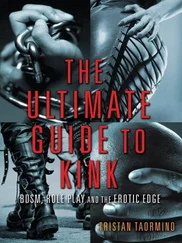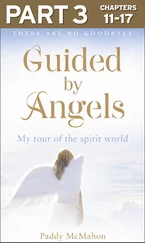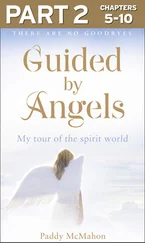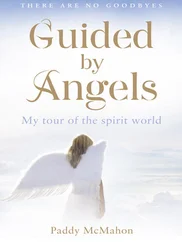“When they are together,” Koch tells me, “they suffer less from their infirmities. They are mostly poor devils who toil hard for their daily bread. Some are ‘pariahs.’ They come here to forget their miseries, all their miseries. They feel equal, being naked. I believe they leave this place, not only the better for their bodies, but for their souls as well.”
from Louis-Charles Royer,
Au Pays des Hommes nus (Paris: Editions de France, 1929)
During the Twenties, nudist societies formed in Scandinavia, the Baltic countries, Austria, Czechoslovakia, and France, but their overall membership was quite small. Only in Germany did Life Reform organizations and their many periodicals enter into the public sphere. It was claimed that at the end of Weimar over one million German families belonged to Nacktkultur societies.
While Hamburg weighed in as the demographic champion of the Nacktkultur movement, Berlin claimed its intellectual heart. Quartered all through the Friedrichstadt were the national offices of the left- and right-wing nudist associations and their publishing arms. In Berlin’s parks, enclosed swimming pools, and rehearsal halls, societies of the naked conducted weekly exercise classes in full public view. And, outside the city, surrounding Lake Motzen emerged 40 to 50 individual nudist “territories.” Jan Gay, an American journalist, wrote in 1932, “A stranger in Berlin desiring to visit a nudist group has an embarrassment only of choice.”
The Berlin groups heralded fanciful names that rarely disclosed their political leanings or size. (Only the Socialists included their party’s affiliation in their Nacktkultur mastheads.) A few titles of the Nationalist and proto-Nazi outfits: “Berlin League of Free Body Culture” (FKK), “Concerned Community of Free Sunland and Naked Sports,” “Federation of the Faithful,” “League for Free Life Improvement,” and the “Union of Free Sunland.” Independent Marxist and Communist organizations: “Federation for Body Culture and Nature Indoctrination,” “Federation for Body Culture and Nature Refuge,” “Federation for Free Body Indoctrination,” “Federation of Itinerant Youth,” “German Air Bathing Society,” “Sparta Sports Union,” “State Federation for Free Body Culture” (AFK), and the “Union of Social Life Reform.” Centralist, Catholic, Republican, and apolitical groups: “Federation for Natural Healing,” “Federation of Free Light,” “Friends of Nature,” “Light-Federation Fairy Meadow,” “New Sunland League,” “Reichs Federation of German Youth Nudist Colonies,” “Reichs Union for Free Body Culture,” “Union for Body Culture,” and the “Youth Reform Birkenheide.” Socialist groups included: “Circle of Free Men,” “Free Men, Union for Socialist Life Reform and Free Body Culture in the Federation of People’s Health,” “Socialist Cultural Society,” and the “Workers Society of Outdoor Campers.”
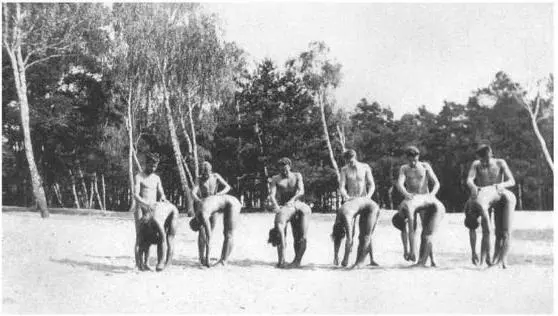
Free Sunland
Many of the heroic-sounding—in fact the most heroic-sounding—“Federations” were one-man or one-shot affairs with vivid logos and impressive promotional packaging. In Berlin, three men dominated the authentic Nacktkultur scene and were well known to the foreign press. Each represented a corner point on the Socialist, Nationalist, and anti-political triangle. These were Adolf Koch, Artur Fuchs, and Charly Straesser.
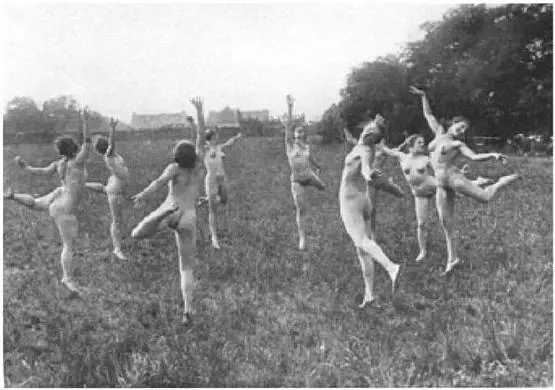
Territory Adolf Koch
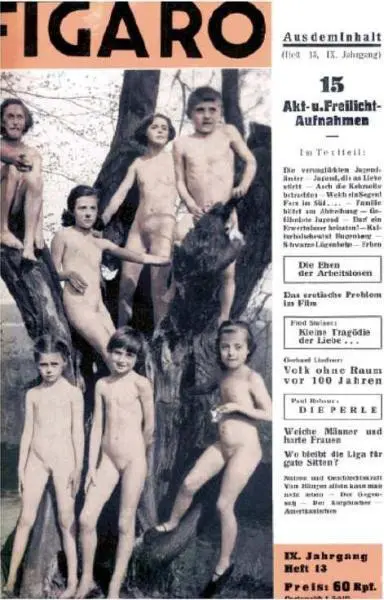
Adolf Koch and the “Society of Free Men”
Adolf Koch, like many of the founders of Nacktkultur associations, began his career in scandal. A principal in a state-run elementary school outside Berlin, he insisted that his young wards arrive in the classroom with clean hands, then clean feet, and finally thoroughly washed bodies. After introducing public showers, Koch noticed the giddy excitement it caused when students ran around naked to warm up. He introduced nude mat-exercises as a substitute and, to combat vitamin deficiencies in the proletarian children, brought the drill sessions outdoors under the health-giving sun.
When a government observer made a scathing report, with pedophilic overtones, on his students’ rhythmic gymnastics—she called them “nude dancing”—Koch decided to resign rather abolish the program. Like other pedagogues in the Nacktkultur project, he was troubled about the physical and spiritual well-being of German youth and sought a means to elevate it.
In 1920, Koch inaugurated a Nacktkultur school in Berlin, which combined elements of Swedish Physical Culture, a pale form of Ausdrucksgymnastik (Expression Gymnastics), nudity, and hands-on socialism. Everyone was addressed in the familiar German form of “Du” and under artificial, indoor lighting they exercised, listened to political and hygiene lectures, and swam naked. Later schools in five other cities and an outdoor campground on Lake Motzen, “Territory Adolf Koch,” were added.
Koch’s Body Culture schools recruited from Germany’s powerful Socialist Party and the politically uncertain working class. All were welcome, without regard to income, profession, ethnic background, physical shape, or age. “Free Men” members were tithed five percent of their income as dues; the unemployed attended for free. The entire enterprise, which soon included nudist magazines and books, was a tremendous success. The Socialist “Alliance of People’s Health” boasted 300,000 paid members in 1932.
The village schoolmaster, however, never left Koch. His classes began punctually and were highly structured. Although he personally trained his growing staff and often gave individual attention to special problems, his professional attitude was usually officious and chilly. The lecturers he chose pontificated on serious social and medical stuff. Nude adolescent boys were admonished for uncontrolled erections and compelled to attend a psychosexual clinic, where their churlish behavior was “studied and addressed.” For the politically correct Koch, the naked torso was not to be an instrument of sexual desire.
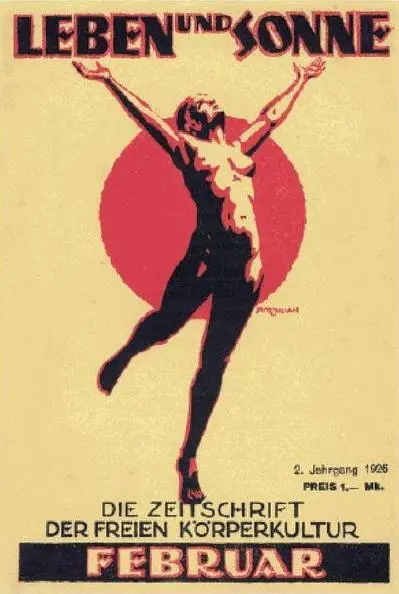
Despite its institutional, chaste environment, Koch’s Body Culture Schools and their public demonstrations were sometimes viewed by outsiders as highly erotic. The mayor of Chicago, Anton Cermak, visiting Berlin in August 1932, remarked to Sefton Delmer during one demonstration, “You know somep’n? In Chicago, you couldn’t get a show as good as this for a thousand bucks!” Nationalist and Nazi politicians agreed with the crime-busting American’s humble assessment. Two months later, they adjoined the Berlin City Council to close down Koch’s establishments, citing they inspired nude orgies among the young and hundreds of spectators “to slake their carnal thirsts.” Koch, like the Ladies club owners, fought the municipal injunctions, but the skies were darkening over freewheeling Berlin in the late fall of 1932. In three months’ time, the Alliance’s legal maneuvers against censorship and accusations of lewd behavior would hardly matter.
“League of Free Body Culture” and Surén’s “Suncult”
Читать дальше







